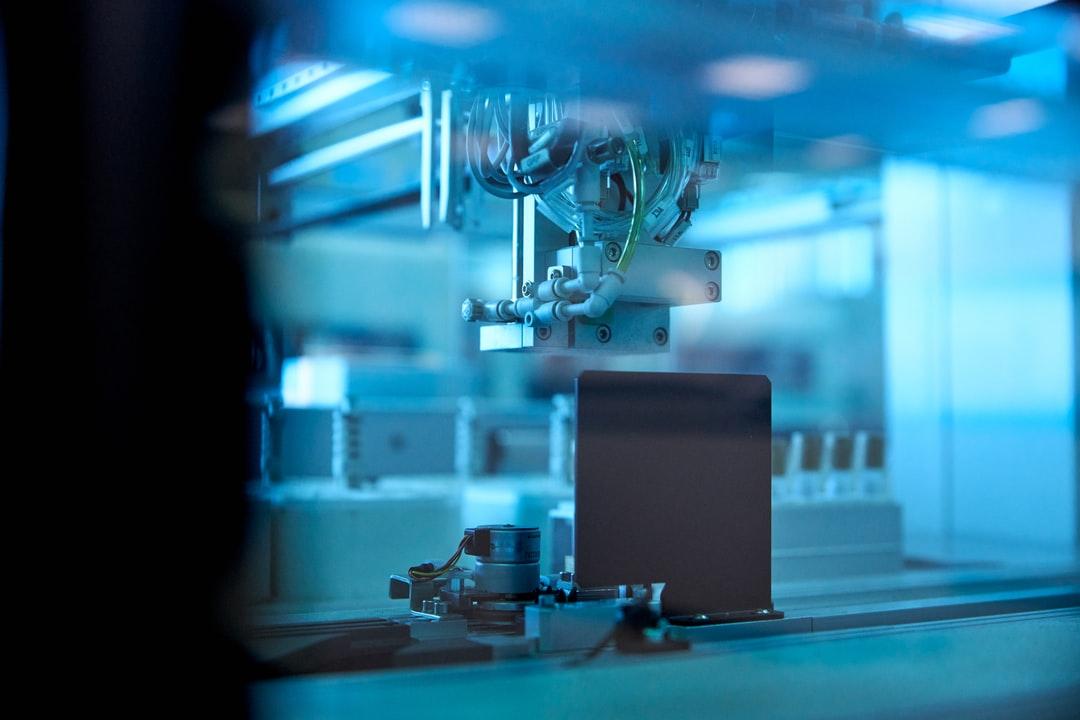Next-Generation Sequencing for Microbial Research
Unlock the power of microbial genomics with our advanced sequencing products and expert services trusted by research labs, biotech, and diagnostics worldwide
hyvg
✽ What We Offer
Discover our Sequencing Solutions
We provide everything you need for successful microbial DNA/RNA sequencing from extraction to analysis.
16S/18S/ITS Sequencing Kits
for targeted microbial community profiling
DNA/RNA Extraction Kits
optimized for stool, saliva, soil, water, etc.
Bioinformatics Tools
pipelines for microbial data interpretation

Sequencing Services On Demand
Don’t have an in-house NGS platform? Outsource your sequencing to our lab.
We offer:
- 16S rRNA & metagenomic sequencing
- Microbiome analysis (gut, skin, soil, etc.)
- Genome assembly & annotation
- Shotgun metagenomics with full bioinformatics
Our latest content
Check out what's new in our company !
Customer benefits
Enjoy these added advantages with every purchase
Worldwide Shipping
Everywhere.
Fast Delivery
Get your furniture delivered quickly.
Order Tracking
Track your order in real-time, anytime.
24/7 Support
We're here to help you, day and night.
Our latest content
Check out what's new in our company !
Frequently Asked Questions !
16S rRNA sequencing is a molecular technique used to identify and classify bacteria by analyzing the 16S ribosomal RNA gene, which is highly conserved among prokaryotes. It’s commonly used in:
- Microbiome profiling (gut, soil, water, etc.)
- Bacterial identification in clinical diagnostics
- Environmental microbiology
- Taxonomic classification and phylogenetic studies
This method is cost-effective and ideal for exploring bacterial diversity in complex samples without the need for culturing.
Metagenomic sequencing refers to the untargeted sequencing of all genetic material extracted from a microbial community. Unlike targeted 16S sequencing, metagenomics captures:
- Bacteria, viruses, fungi, archaea, and eukaryotes
- Functional genes (e.g., antibiotic resistance, metabolism)
- Entire microbial genomes (if coverage is deep)
It’s used in:
- Microbiome research (human, animal, soil)
- Pathogen discovery
- Antibiotic resistance surveillance
- Ecosystem analysis
Metagenomics provides a comprehensive view of microbial composition and function.
Bacterial DNA extraction involves breaking the cell wall and membrane to release the genomic DNA. Common steps include:
- Lysis (using enzymes like lysozyme or detergents)
- Protein removal (with protease or salt/organic solvents)
- DNA purification (via spin columns, magnetic beads, or alcohol precipitation)
- Quantification and quality control (using spectrophotometry or fluorometry)
Kits are available for manual or automated extraction, optimized for sample types like stool, saliva, water, or swabs.
The best method depends on your goal:
-
For microbial identification or taxonomy:
➤ 16S rRNA sequencing -
For full genome sequencing of a cultured isolate:
➤ Whole Genome Sequencing (WGS) using Illumina or Nanopore -
For complex community analysis (e.g., microbiome):
➤ Shotgun metagenomics -
For real-time or field sequencing:
➤ Nanopore sequencing (e.g., MinION)
Each method has trade-offs in terms of cost, depth, read length, and resolution.
| Feature | 16S rRNA Sequencing | Shotgun Metagenomic Sequencing |
|---|---|---|
| Target | Bacterial 16S rRNA gene | All DNA in the sample |
| Organisms Detected | Bacteria only | Bacteria, viruses, fungi, archaea |
| Taxonomic Resolution | Genus-level (sometimes species) | Species- and strain-level |
| Functional Genes | ❌ No | ✅ Yes – functional & resistance genes |
| Cost | Lower | Higher |
| Use Case | Basic profiling | Deep functional insights |